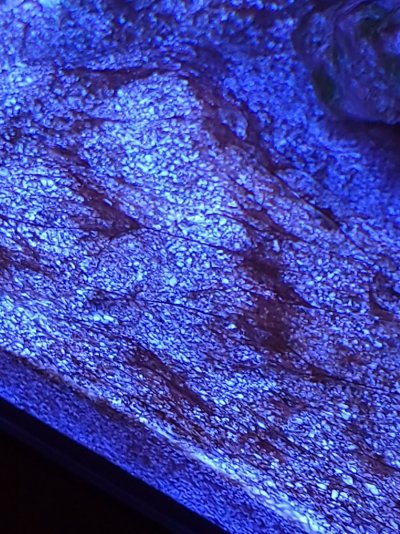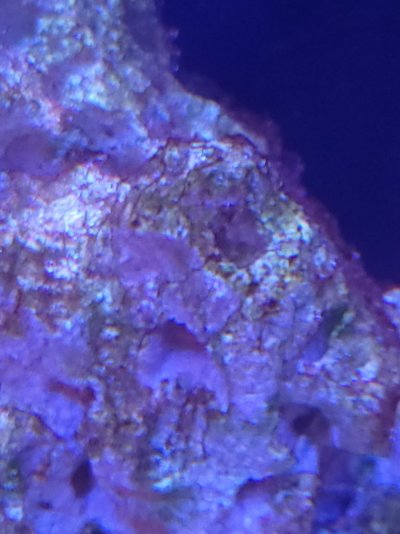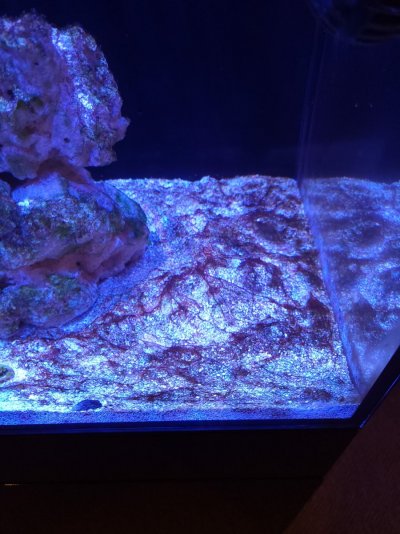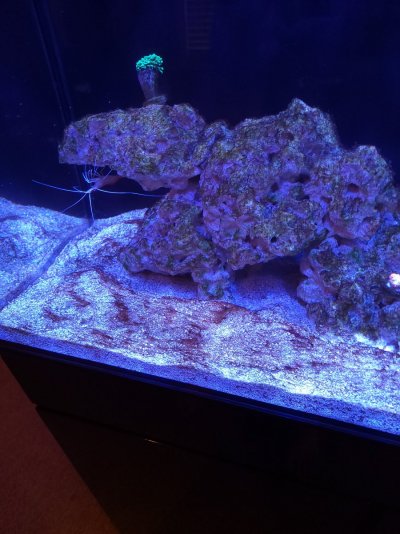Hello guys...
Haveing trouble with the tank its been up for about 3 months...I have redish brown algea that has air bubbles in it....the dry rock is starting to get green algea to.....is this part of the ugly stage will it go away on its own or should I try to remove it.....
Filter floss is clogging up every day with redish brown algea smells really bad ....I been dosing nitrates and phosphate I can't get phosphate to go above zero...here's a video and a few pics...thanks in advance
Nitrate 2.10
Phos zero
Salt lvl 1.025
Calcium 416
Kh 7.10
Tested with hanna checkers



Haveing trouble with the tank its been up for about 3 months...I have redish brown algea that has air bubbles in it....the dry rock is starting to get green algea to.....is this part of the ugly stage will it go away on its own or should I try to remove it.....
Filter floss is clogging up every day with redish brown algea smells really bad ....I been dosing nitrates and phosphate I can't get phosphate to go above zero...here's a video and a few pics...thanks in advance
Nitrate 2.10
Phos zero
Salt lvl 1.025
Calcium 416
Kh 7.10
Tested with hanna checkers


















